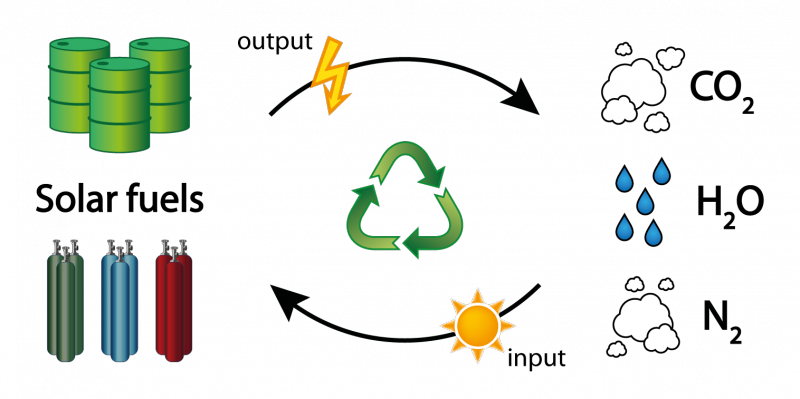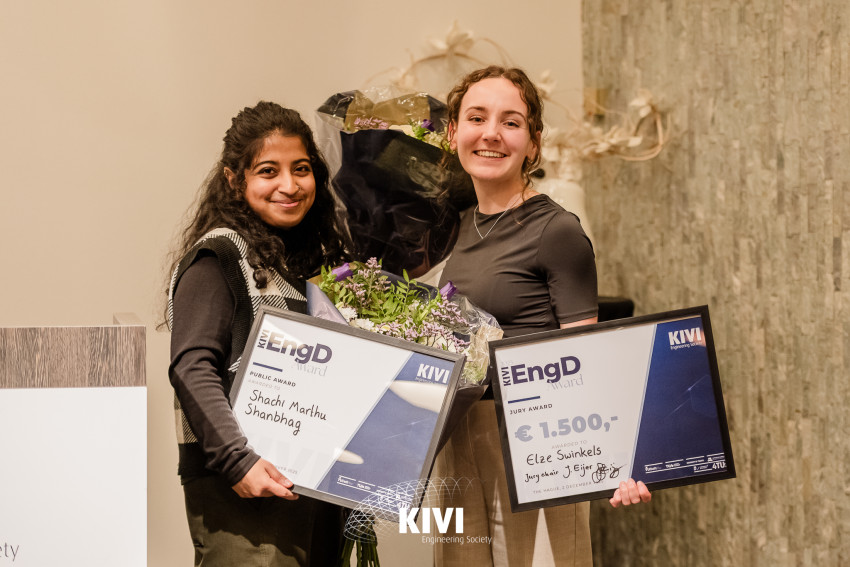
Wouldn’t it be nice to have all the benefits of natural gas or other fuels, without net emission of CO2? If only we could recycle the CO2.
Wouldn’t it be nice to have all the benefits of natural gas or other fuels, without net emission of CO2? If only we could recycle the CO2.
To create fuels from CO2, the first step is to break up the molecule and create carbon monoxide. This ‘reverse combustion’ always costs energy and the big challenge is efficiency. Simply turning up the heat until the molecules collide hard enough to break up works, but is inefficient. The fragments will keep their high temperature; energy of which will then lost to the outside. One way around this is to partly ionize the CO2 and turn it into a charged gas-plasma. In this non-equilibrium regime, where the electrons move around at great speeds, but the molecules do not, collisions with the fast electrons will induce vibrations in the CO2 molecules which will then stepwise cause them to vibrate themselves apart. Because the heavy molecules are barely moving, this route wastes less energy than heating the entire mixture.
A team from DIFFER, Radboud University and TU/e has published a paper on this subject in Faraday Discussions. They obtained an efficiency of close to 50%, which is already more than the theoretical maximum for thermal dissociation (42%). However, in order to compete with electrolysis of CO2 an efficiency of 80% must be attained. The big advantage of the plasma method is that it can be started and stopped in seconds, which makes it ideal to follow a varying energy supply.
More details can be found here.



